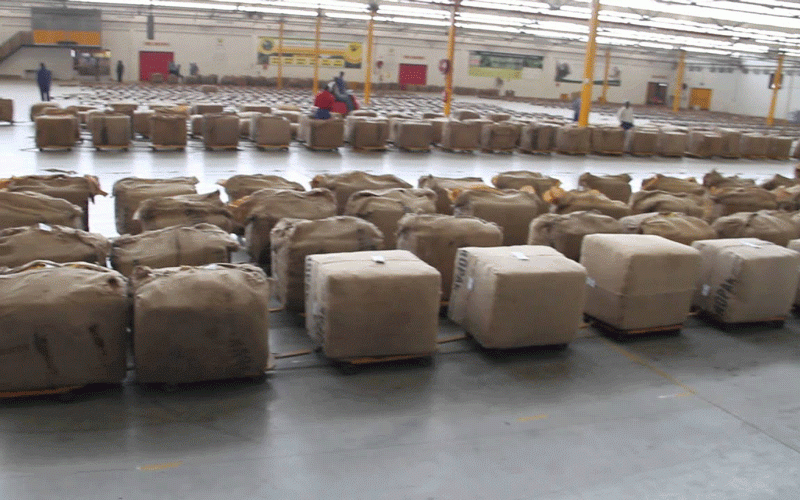
THE Tobacco Farmers Union Trust (TFUT) is pushing for the localisation of tobacco beneficiation to mitigate losses related to weather disruptions and high production costs in the multi-million-dollar sector.
The golden leaf recorded a 20% drop in production 231 million kilogrammes in the 2023/24 farming season due to an El Niño-induced drought.
Tobacco beneficiation entails adding value to raw tobacco by improving its usability, enhancing its quality and diversifying its applications over typical uses.
Its goal is to raise the economic worth of tobacco, often benefiting both the farmers and broader economy, by creating higher-value products and jobs in the supply chain.
TFUT’s suggestion would allow the local tobacco value chain to raise even more funds that could support farmers in dealing with weather shocks and high production costs.
“Tobacco margins continue to dwindle due to low yields associated with low rainfall patterns and skyrocketing input costs. High earnings often reported in the public domain are mainly benefiting some merchants, contractors and related value chain actors,” TFUT deputy president Edward Dune told NewsDay Business.
“Localisation of beneficiation of tobacco products is one of the ultimate objectives of the tobacco transformation plan which is yet to be hatched. For now, we are still enduring the consequences brought about by low productivity.”
He said tobacco farmers were now busy trying to overcome the resultant challenges.
- New perspectives: Zim govt has to find balance between economy and politics
- 9 000 farmer field schools on cards
- Desert Jewels outshine the Gems
- Gwanda residents apprehend robbers
Keep Reading
“Challenging factors include skyrocketing input costs and contractors continuing to wreak havoc by fleecing smallholder farmers,” Dune said.
“Surprisingly there is a lot of resilience as evidenced by a thriving irrigated crop. As for the dry land crop, farmers are busy with costly land preparation operations and seedlings maintenance.”
However, farmers are determined to meet this year’s targets, on the back of predicted good rains for the 2024/25 farming season as La Niña was expected.
Dune raised concerns over the mistrust between tobacco farmers and local contractors over unpaid money from the previous season.
“The high cost of production in the industry has been a topical issue for a while now and the TIMB (Tobacco Industry and Marketing Board) is rolling out several initiatives that improve tobacco growers’ viability and ensure an annual yield of 300 million kilogrammes of tobacco by 2025 is achieved,” TIMB spokesperson Chelesani Moyo told NewsDay Business.
“The board [TIMB] has partnered the Zimbabwe Electricity Transmission and Distribution Company (ZETDC) to ensure a reliable power supply and reduce production costs for tobacco farmers this season. Farmers need electricity for several operations on the farm which include irrigation, a key farming activity that accounts for good quality and weight.”
She said TIMB partnered ZETDC and coal suppliers in a bid to reduce the cost of production as farmers would get the services at a discounted price.
“To augment this, the board also partnered with other stakeholders to provide a coal facility where registered tobacco farmers get discounted coal for tobacco curing,” Moyo said.
“Traditionally, farmers used to obtain coal at a cost of +US$65 per tonne before Value Added Tax (Vat). After negotiations with coal suppliers like Hwange Colliery, the coal is now accessible at US$45 per tonne before Vat, saving at least US$20 per tonne.”
According to TIMB, the 2023/24 season was the maiden year of the programme and 5 319 tonnes of coal were procured translating to US$100 000 in savings.
“There has been an increased uptake of the product this season with some tobacco contractors bringing their small-scale farmers into the programme to ensure they remain viable and can pay off their debts,” Moyo said.
In a TIMB weekly report for the period ending October 18, 2024, tobacco grower registration for the 2024/25 season rose by 11% to 110 027 growers from 99 145 this past season.
Further, the transplanted area rose by 3% to 11 849 hectares from 11 504 hectares planted during the same period in the previous season.










